The Bumble Bee: Nature’s Efficient Pollinator and How to Help Its Role in Ecosystem Health!
The bumble bee (Bombus spp.) is a remarkable pollinator known for its robust body and distinctive black and yellow stripes. Found in various habitats across North America, these social insects are crucial for maintaining biodiversity and supporting healthy ecosystems.
Fun Fact: Bees Do a Wiggle Dance when they find food!
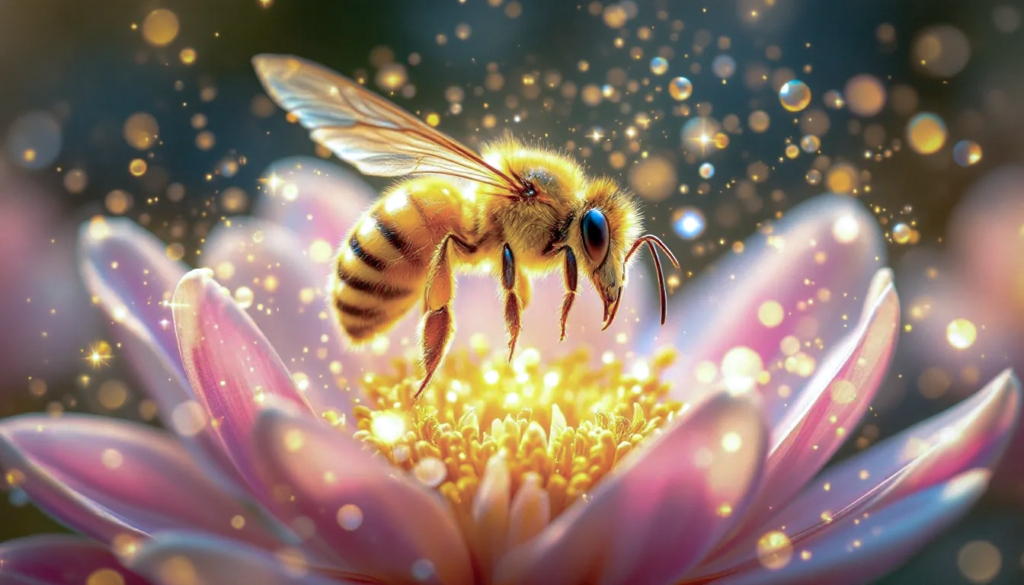
The Bumble Bee: Ecosystem Hero and Buzz Pollination Powerhouse
Bumble bees are nature’s pollination powerhouses, capable of visiting up to 2,000 flowers in a single day! This remarkable ability makes them two-and-a-half times more effective at pollination than honey bees. Their secret weapon? A unique technique called “buzz pollination.”
The Art of Buzz Pollination
Bumble bees employ a fascinating method to extract pollen:
- They bite the flower’s anthers and hold tight.
- Using their flight muscles, they vibrate at a specific frequency – typically middle C.
- This vibration shakes loose thousands of pollen grains in less than a second.
This technique is particularly effective for flowers with pollen hidden deep within their anthers, such as tomatoes, peppers, and blueberries. By acting as living tuning forks, bumble bees can access pollen that other pollinators might miss
The Bumble Bee: 2.5x More Efficient Pollinator Saving Our Ecosystem
Buzz pollination is crucial for:
- Increasing crop yields in agriculture
- Maintaining biodiversity in natural ecosystems
- Ensuring the reproduction of specific plant species that rely on this method
By understanding and appreciating the unique abilities of bumble bees, we can better support these essential pollinators and the ecosystems they sustain.
Learn more about pollination techniques at the Smithsonian Gardens

The Bumble Bee: Nature’s Most Resilient Pollinator Transforming Ecosystem
Bumble bees play a vital role in maintaining ecosystem health by:
- Contributing to plant biodiversity: They pollinate a wide variety of wildflowers and crops, supporting diverse plant communities.
- Supporting food webs: By helping produce fruits and seeds, bumble bees provide essential resources for wildlife.
- Assisting in the reproduction of rare or endangered plants: Their efficient pollination helps ensure the survival of vulnerable species.
- Enhancing genetic diversity: Through cross-pollination, they promote genetic variation within plant populations.
Their ability to access flowers that larger pollinators might miss further contributes to the overall health and diversity of ecosystems.
Bumble Bee: Unique Characteristics Overview
- Size: Go to Size and Appearance.
- Habitat: Go to Habitat and Range.
- Pollination Capacity: Go to Pollination Prowess.
- Social Structure: Go to Social Structure.
- Stinger: Go to Stinging Behavior
To see various images of bumble bees, check out this Google Images search.

Bumble Bees: Nature’s Most Resilient Pollinators Transforming Ecosystems
Bumble bees possess several distinctive features that set them apart from other bee species:
Size and Appearance
- Typically larger and rounder than honey bees
- Covered in soft, fuzzy hair that gives them a plush appearance
- Distinctive black and yellow striped pattern, though some species have orange or red markings
Habitat and Range
- Highly adaptable, found in diverse environments including:
- Gardens and urban areas
- Meadows and prairies
- Forests and woodlands
- Agricultural fields
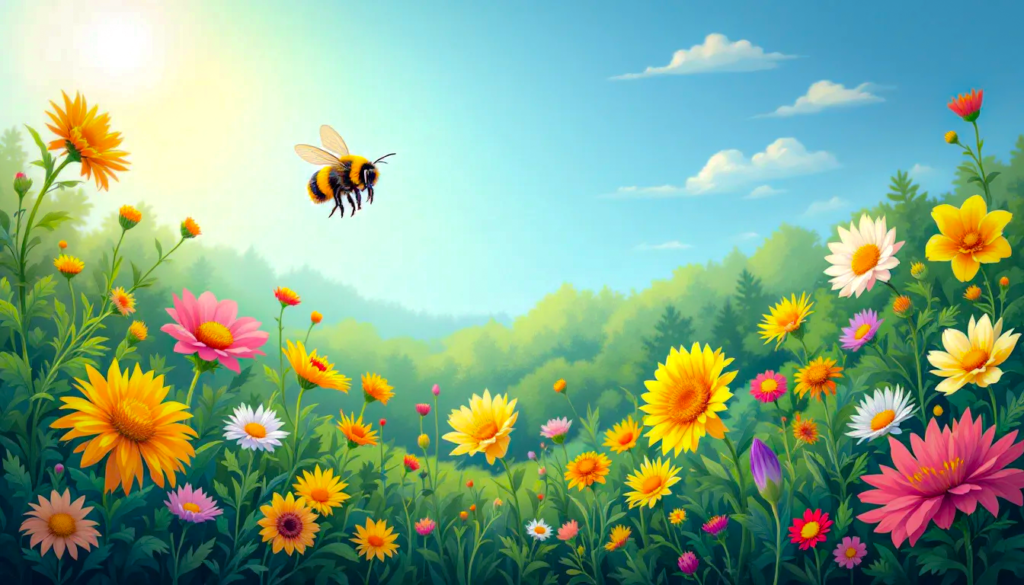
Pollination Prowess
- Can visit up to 2,000 flowers in a single day
- Capable of buzz pollination, making them crucial for certain crops like tomatoes and blueberries
Social Structure
- Live in colonies consisting of:
- A single queen
- Female worker bees
- Male drones (seasonally)
- Colonies are typically smaller than honey bee hives, with 50-500 individuals
Stinging Behavior
- Unlike honey bees, bumble bees can sting multiple times
- Their stingers lack barbs, allowing for repeated use
- Generally non-aggressive towards humans unless provoked or defending their nest
For more fascinating facts about bumble bees and to see images of various species, visit the National Geographic bumble bee page.
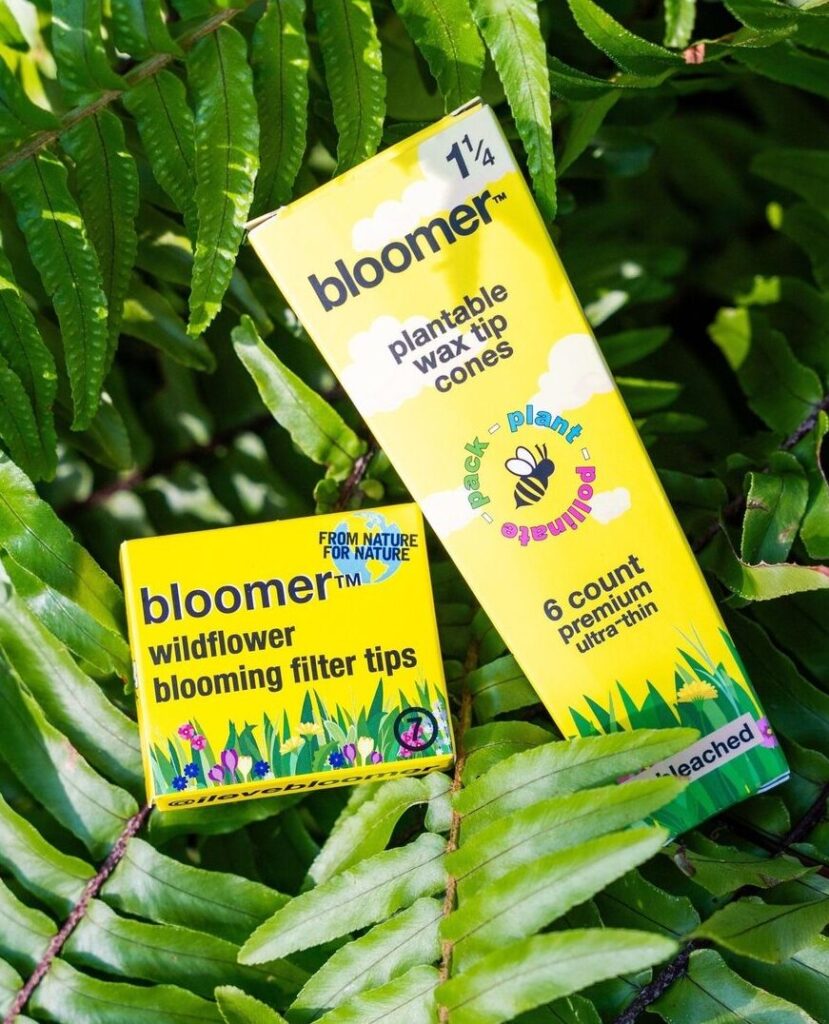
Supporting Pollinators: Your Role in Ecosystem Health
Bumble bees are crucial ecosystem heroes, and you can play a vital part in their conservation. Here’s how you can make a difference:
- Use Bloomer™ Filter Tips: These innovative products contain wildflower seeds, providing essential food sources for various bee species.
- Plant and Toss: Simply use the filter tips and toss them in suitable areas. This effortless act contributes to creating pollinator-friendly habitats.
- Create Bee-Friendly Gardens: Cultivate native plants in your garden to support local pollinator populations.
By taking these steps, you’re not just helping bumble bees – you’re contributing to the health and biodiversity of entire ecosystems. Healthy pollinator populations ensure plant reproduction, which in turn supports countless other species.
Ready to make an impact? Use code “AMBASSADORBLOOMER“ for a special discount on Bloomer™ products and start your journey in pollinator conservation today! (Click code to find store link)
What steps will you take to support bumble bees and other pollinators in your area?
Discover how these remarkable insects survive the cold months and play a crucial role in their colonies. While bumble bees thrive in warmer seasons, winter bees ensure the survival of their hives through innovative adaptations. Click here to read our blog: ARE THERE WINTER BEES?

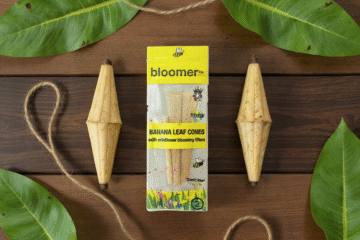
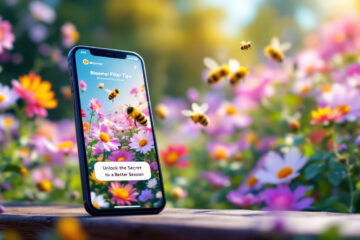
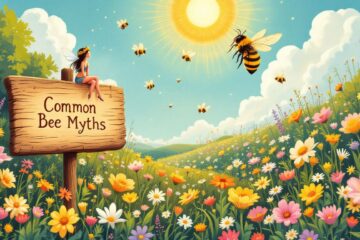
0 Comments